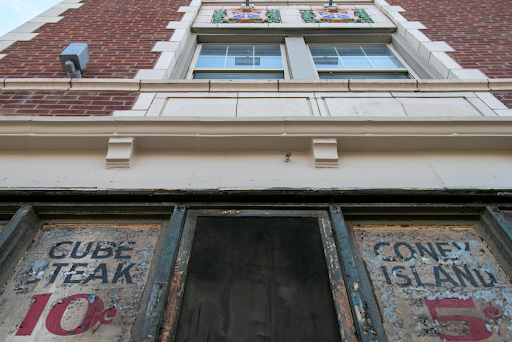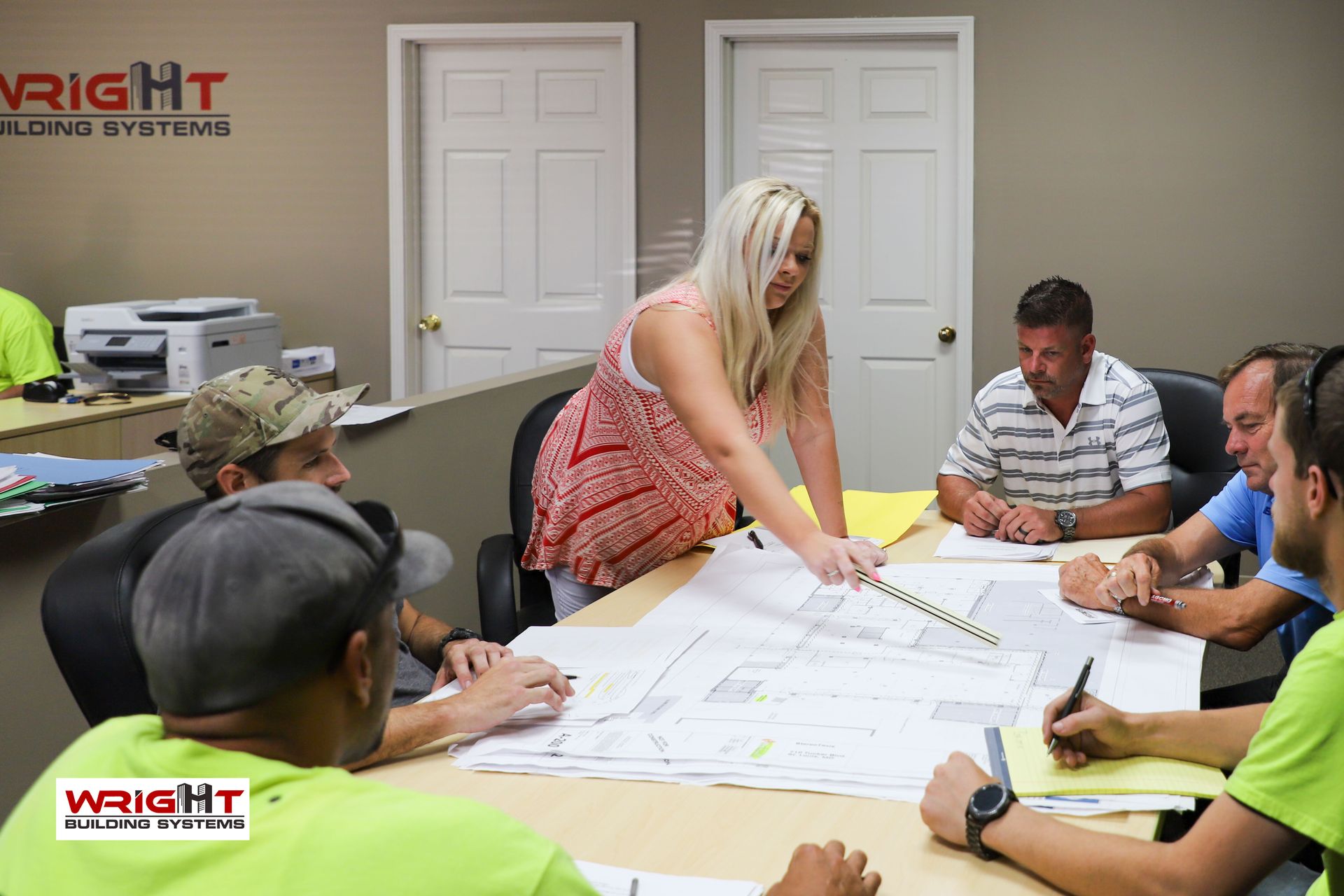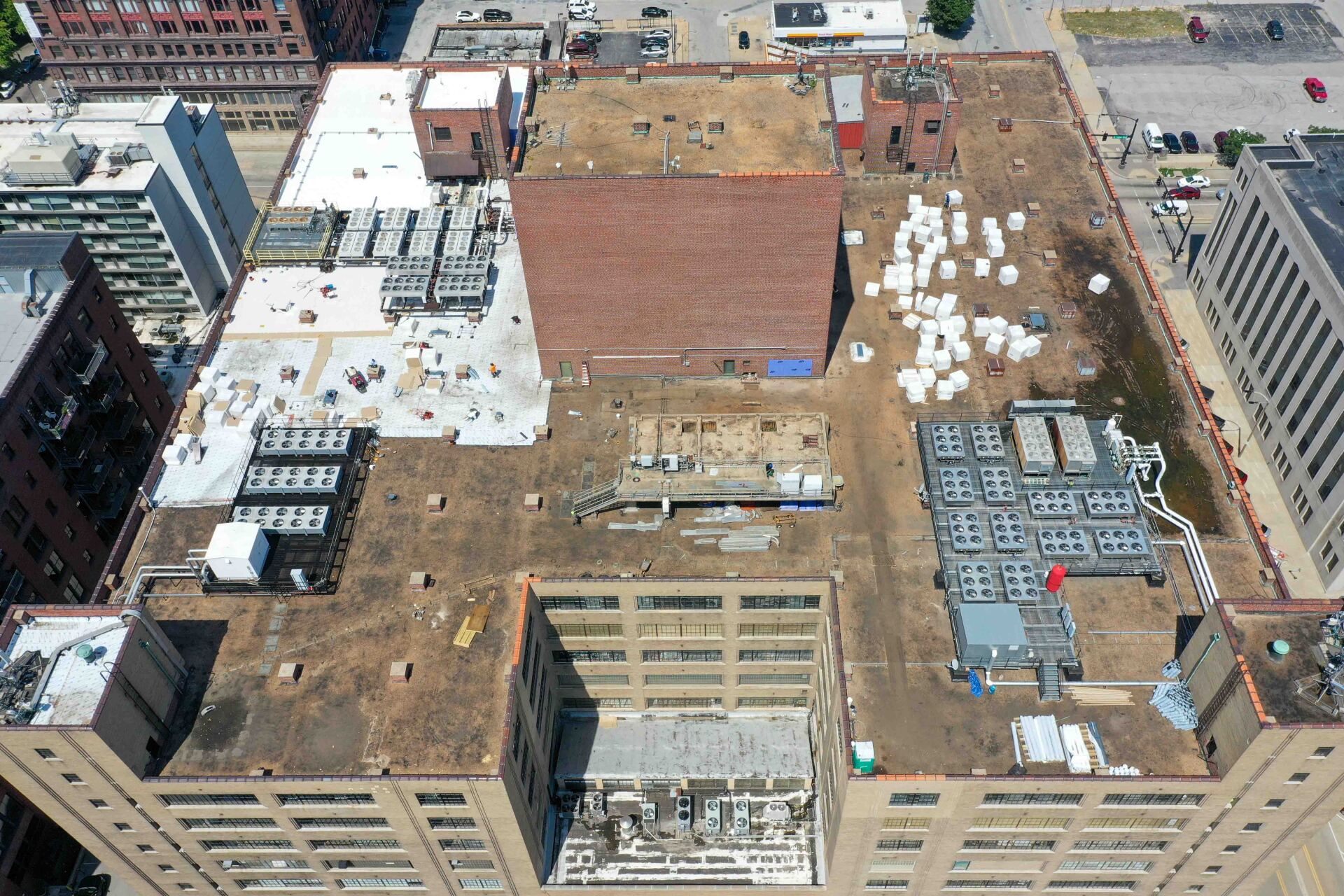Managing Risks in Commercial Construction Projects

What comes to mind when you think of a high-risk job? Many thoughts go to Wall Street Brokers or FBI Agents. However, a more common occupation that can be high-risk is construction. Construction veterans and experts know the industry has many physical, financial, and legal risks. That said, you can mitigate and work through these risks with an experienced general contractor on your project. Let's discuss ways that people at all levels of a construction project can manage risks.
Understanding Risk Management in Commercial Construction
Risk management in commercial construction involves identifying potential pitfalls, assessing their potential impact, and proactively mitigating them. It's about safeguarding the project's success by addressing issues before they snowball into crises.
Types of Risks in Commercial Construction
Risk management in commercial construction involves identifying potential pitfalls, assessing their potential impact, and proactively mitigating them. It's about safeguarding the project's success by addressing issues before they snowball into crises.
Types of Risks in Commercial Construction
- Financial Risks: Budget overruns and unforeseen expenses can throw a wrench into even the most meticulously planned project. Effective financial risk management includes accurate budgeting, diligent cost tracking, and contingency fund maintenance.
- Design Risks: Design flaws, changes in client preferences, or miscommunication between stakeholders can lead to costly delays. Clear communication and collaboration between architects, engineers, and clients can minimize design-related risks.
- Scheduling Risks: Delays can stem from several factors, including weather, supply chain disruptions, or unexpected construction challenges. Setting realistic timelines, monitoring progress closely, and having contingency plans are essential for managing scheduling risks.
The Role of Pre-construction Phase in Risk Mitigation
The pre-construction phase is the foundation upon which a team builds a successful project. Collaborating with architects, engineers, and clients during this phase helps identify potential issues early on. Evaluating design feasibility and materials and accurately estimating costs can prevent costly surprises.
Navigating the Construction-and-Settlement Phase
Efficient project management during the construction phase is crucial for minimizing risks. Balancing quality, timelines, and budget considerations requires vigilance and adaptability. Effective risk management during this phase involves addressing unforeseen challenges promptly and maintaining project momentum.
Leveraging In-House Capabilities for Risk Control:
In-house expertise provides a competitive advantage in managing risks effectively. With dedicated teams skilled in various construction disciplines, issues can be addressed promptly without relying heavily on external contractors. This ensures tighter control over project quality and timelines.
Collaboration with Subcontractors and Architects
In-house expertise provides a competitive advantage in managing risks effectively. With dedicated teams skilled in various construction disciplines, issues are addressed promptly without relying heavily on external contractors, ensuring tighter control over project quality and timelines.

Navigating Building Codes and Local Regulations
Staying updated with building codes and local regulations is non-negotiable. Non-compliance can lead to legal and financial risks. Ensuring projects adhere to all relevant regulations requires meticulous planning and continuous monitoring.
Mitigating Financial Risks in Commercial Construction
Accurate budgeting, transparent cost tracking, and contingency planning are vital components of financial risk management. A buffer to handle unexpected expenses can prevent budget overruns and maintain project stability.
Continuous Risk Assessment and Adaptation
Risks in construction are dynamic. They evolve with project progress. Ongoing risk assessment is crucial to identify emerging challenges and adapt strategies accordingly. Flexibility and resilience in risk management are indispensable.
Work With Wright Building Services
Wright Building Services understands that a successful commercial construction project isn't just about bricks and mortar; it's about meticulous planning, proactive risk management, and a commitment to excellence. By addressing financial, design, scheduling, and compliance risks, our team ensures that we execute each project seamlessly, meeting client expectations and delivering outstanding results. Get in touch with us today!



